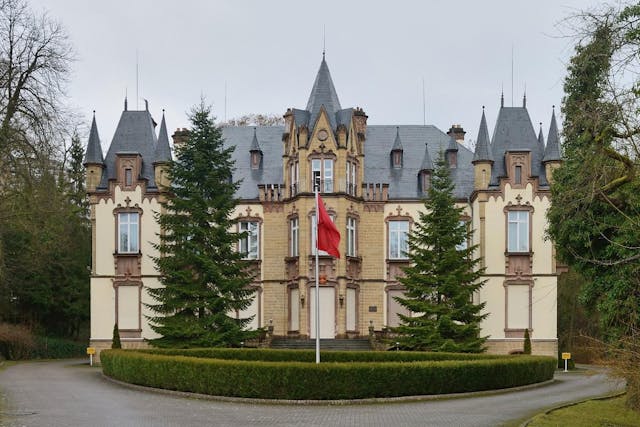35% of EU regions have reached the higher education target

MD Duran, Unsplash
By 2030, the EU has set a target that at least 45% of young citizens should have higher education. Already in 2024, this figure has reached 44.2%, and 84 out of 242 European NUTS 2 regions have met or exceeded the target. However, these figures mask a strong contrast between capital cities and provinces.
25 regions showed outstanding results: over 57.5% of young people aged 25-34 have a tertiary education. These include the capitals of Belgium, Denmark, Ireland, Spain, France, Lithuania, Hungary, the Netherlands, Poland, Slovakia and Sweden - regions where leading universities and research centres are concentrated.
The industrial and technological zones of Northern Spain, the two Irish provinces with active pharmaceutical and electronics manufacturing, the Dutch Utrecht and Groningen, and the regions of Braban Wallonne (Belgium) and Midi-Pyrénées (France), known for their aerospace industries, also stand out. Cyprus and Luxembourg are also among the leaders.
At the other pole are 24 regions where less than 26.5% of young people have a university degree. These are mostly rural or geographically remote areas, where agrarian sectors predominate and infrastructure for high-skilled employment is less developed. Here, vocational education and craft programmes often replace academic programmes.
The largest number of such regions is in Romania (7 out of 8, excluding Bucharest) and Hungary (6 out of 8, excluding Budapest and the Pest region). In Italy, the "outsiders" include Sicily and Sardinia, in the Czech Republic - the regions of Northwest and Central Bohemia, and in France - Corsica and Guiana. Also on the list are Greece's Stereia Hellada, Croatia's Panonian Croatia and Portugal's Azores.
The picture shows not only differences in educational systems, but also in the ability of regions to retain and attract young people. Developed megacities with world-class universities and innovative economies are becoming centres of attraction, while rural areas face an outflow of young people and dependence on traditional professions.





